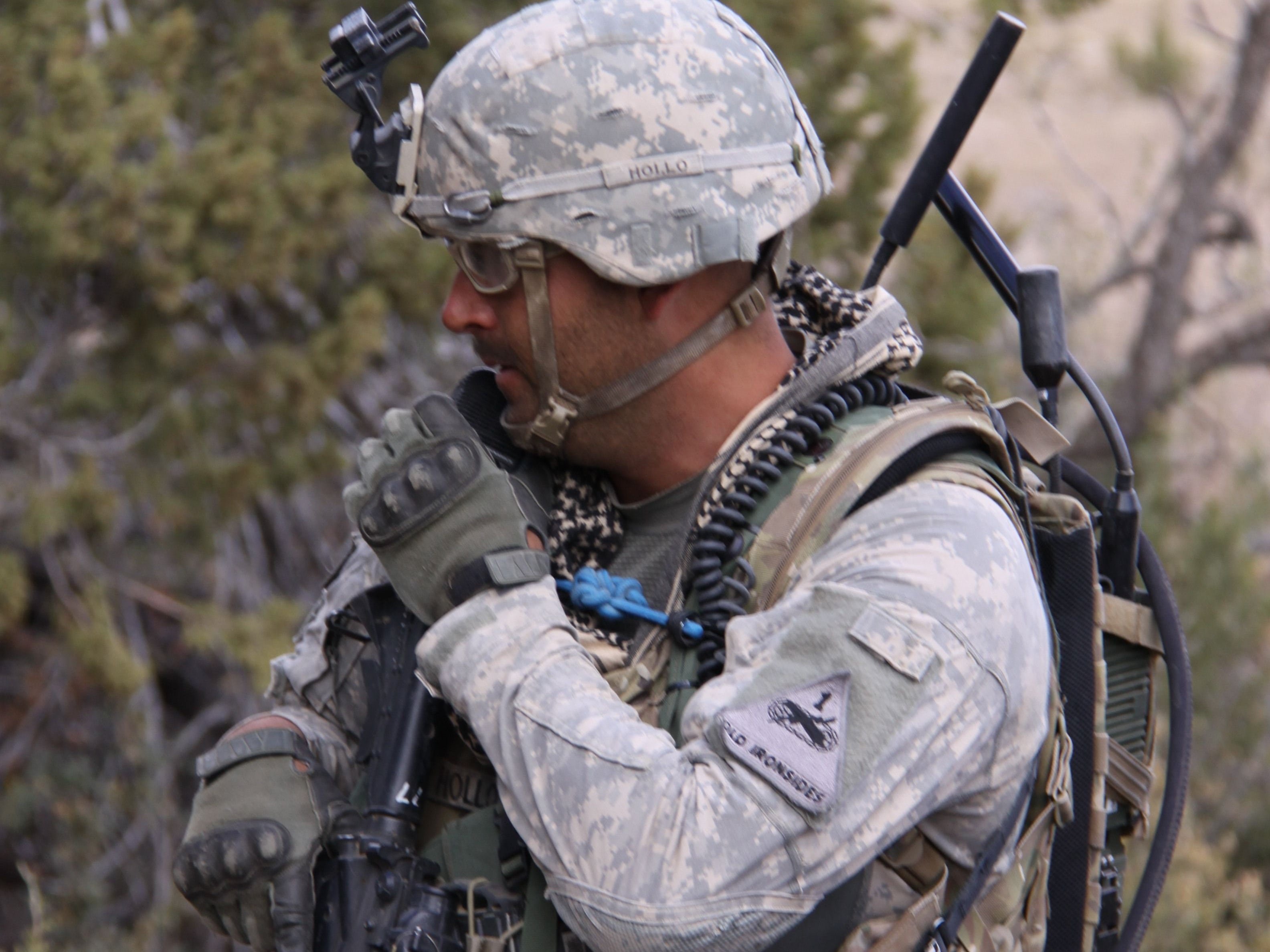Amid a sweeping network review under way on the orders of the Army’s top officer, service officials are changing their approach to modernize the service’s IT and networks writ large.
“Modernization has less to do with what we are buying and more to do with [changing] how we are buying,” said Army CIO/G-6 Lt. Gen. Bruce Crawford.
Until recently, IT equipment was bought via operational needs statements and quickly deployed into the hands of soldiers – good news for troops on the ground in more than 16 years of combat. But the bad news is that equipment never went through the fundamental infrastructure and sustainment processes that create a holistic, networked communications system. That type of approach is thought to be necessary to accommodate future conflicts.
That’s changing, Crawford said Dec. 5 at an AFCEA DC event in Arlington, Virginia. The Army is taking a “fundamentally different” approach as leaders carry out changes in strategy rooted, at least in part, by the network review – a comprehensive report on which is due to Congress by the end of January.
Many of those changes focus on the acquisition piece of Army IT, which Crawford said he’s helping transform through an “adapt-and-buy” concept emphasizing new ways of using existing buying power. He also said the Army is making better use of acquisition authorities granted in the 2016 and 2017 National Defense Authorization Acts that grant greater flexibility in authority, experimentation, demonstration and acceleration of the contracting process.
“We’ve got to figure out how we better leverage those institutionally to deliver the capabilities that meet our objectives. So those NDAAs gave us some authorities we were not properly leveraging,” Crawford told C4ISRNET. “Acquisition is not just the act. People tend to focus on just the end, the actual buying, but it’s the entire process from requirements all the way through. So when I talk about changes in Army behavior…it literally had to do with putting policy in place in the Army to streamline this process so we can be better postured and get a better return on our investments, vice this long, drawn-out, three-to-five-year process to deliver capabilities.”
Crawford also said he’s seeing the fruits of efforts going back as far as 18 months, including the establishment of the Army Requirements Oversight Council by Gen. Mark Milley, the Army’s chief of staff, the centralization of governance and decision-making power at the top echelons of the Army, and the creation of an Information Technology Oversight Council that is nearing initial operating capability.
As Army leaders institute some tough decisions related to its networks and IT – chief among them the cancellation of the Warfighter Information Network-Tactical, the Army’s flagship battlefield IT network – Crawford said it’s not just about that officials are saying but what they are doing. That includes making a marked departure away from past thinking.
“There’s a reason this has never been done before and there’s a reason past attempts were not successful,” Crawford said. “I think you’re going to be able to count on some behavior changes that better posture us to deliver the capabilities needed in our formations to meet our objectives. But you’re also going to see the Army start to behave more like a customer…we’re not going to over-prescribe requirements. We’re going to articulate to private industry what we’re broadly trying to accomplish…and then you’ll see tangible actions to bring developers and operators closer together so we can achieve a state where they better understand how the user interact with their product.”








